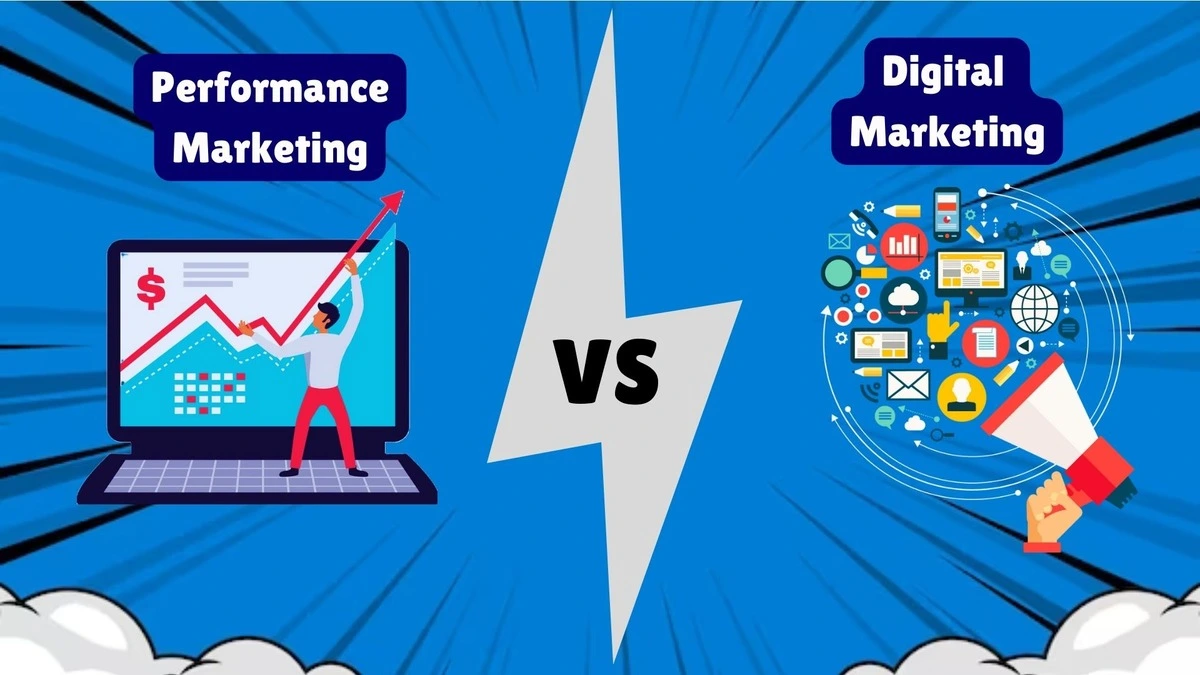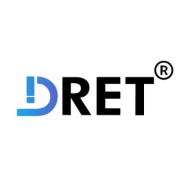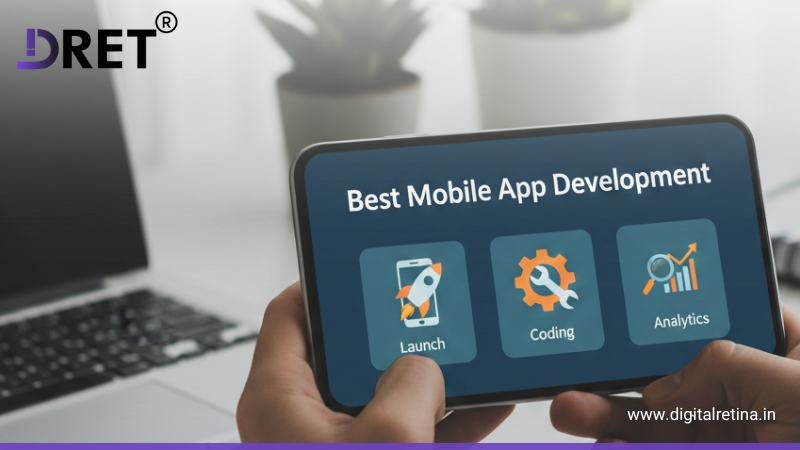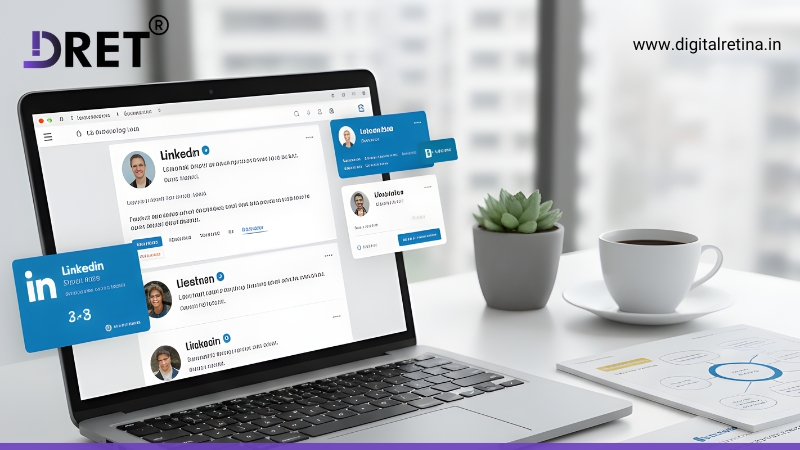
In today’s fast-paced business environment, understanding the difference between digital marketing and performance marketing is crucial for brands aiming to maximize their online presence and return on investment. Digital marketing encompasses a broad range of online strategies, including social media marketing, search engine optimization (SEO), content marketing, email campaigns, and paid advertising. It focuses on building brand awareness, engaging with audiences, and creating a lasting digital footprint. On the other hand, performance marketing is a results-driven approach where businesses pay only for measurable outcomes such as clicks, leads, sales, or conversions.
Both marketing strategies offer unique benefits and are often complementary. Digital marketing helps establish brand visibility and long-term customer relationships, while performance marketing delivers precise, measurable results that drive immediate business growth. By exploring their key strategies, metrics, and real-world examples, businesses can make informed decisions about which approach—or combination of approaches—best aligns with their objectives, budget, and audience behavior.
What is Performance Marketing?
Performance marketing is a results-oriented marketing strategy where advertisers pay only when a specific action is completed, such as a click, lead, or sale. This contrasts with traditional marketing models, where payments are made upfront, regardless of results.
Key characteristics of performance marketing include:
- Pay-for-performance model: Advertisers pay only when users take a defined action.
- Measurable ROI: Every campaign is tracked, allowing optimization for maximum results.
- Data-driven decisions: Marketing efforts are continuously improved using real-time data.
Example: A business runs a PPC ad campaign for its online course. They pay only when someone clicks on the ad and enrolls in the course.Performance marketing ensures efficiency and accountability, making it ideal for businesses seeking direct returns on their marketing investment.
Importance of Performance Marketing
The importance of performance marketing stems from its ability to deliver measurable results and cost-effective campaigns:
- Cost Efficiency: Reduces wasted ad spend because payments are based only on actions.
- Measurable ROI: Advertisers can directly track revenue generated from each campaign.
- Targeted Campaigns: Focuses on reaching the audience most likely to convert.
- Scalable Growth: Successful campaigns can be scaled up quickly.
- Improved Decision Making: Continuous tracking allows businesses to adjust strategies instantly.
Real-World Example: E-commerce platforms often use performance marketing to track which ads result in actual sales, enabling them to allocate budget toward the highest-performing channels.
Performance Marketing Metrics
Monitoring the right metrics is crucial to evaluate the effectiveness of performance marketing campaigns. Key performance indicators (KPIs) include:
- Cost Per Click (CPC): Amount paid for each click on an advertisement.
- Cost Per Acquisition (CPA): Cost to acquire a new customer.
- Click-Through Rate (CTR): Percentage of users clicking on the ad after seeing it.
- Return on Ad Spend (ROAS): Revenue generated for every dollar spent on advertising.
- Conversion Rate: Percentage of users completing the desired action (purchase, sign-up, download).
By analyzing these metrics, marketers can optimize campaigns, reduce costs, and maximize revenue.
Types of Performance Marketing
Performance marketing includes several strategies that focus on measurable results:
- Affiliate Marketing: Partners or affiliates promote a business’s product, earning a commission for each sale or lead generated.
- Pay-Per-Click (PPC) Advertising: Advertisers pay for clicks on ads placed on Google, Bing, or social media platforms.
- Influencer Marketing: Collaborating with influencers, where payment is often tied to conversions or leads generated.
- Social Media Advertising: Performance-driven campaigns on Facebook, Instagram, LinkedIn, or TikTok.
- Email Marketing Campaigns: Sending targeted emails and tracking actions such as clicks or purchases.
Pro Tip: Combining affiliate marketing with PPC campaigns often yields higher ROI as it leverages both direct action and influencer credibility.
What is Digital Marketing?
Digital marketing is a comprehensive approach to promoting products, services, or brands online using multiple channels. Unlike performance marketing, digital marketing emphasizes brand building, audience engagement, and long-term growth, alongside conversions.It includes channels like SEO, social media, content marketing, email marketing, paid advertising, and influencer collaborations.
Example: A clothing brand creating engaging Instagram content, running email newsletters, and using Google Ads simultaneously is practicing digital marketing.
Importance of Digital Marketing
Digital marketing is crucial for businesses of all sizes because it allows:
- Global Reach: Reach audiences worldwide at a fraction of traditional marketing costs.
- Brand Awareness: Build a consistent online presence to establish credibility and trust.
- Customer Engagement: Communicate with audiences through blogs, social media, video, and interactive campaigns.
- Data-Driven Insights: Analytics tools provide insights into customer behavior and campaign performance.
- Versatile Strategies: From storytelling to influencer partnerships, digital marketing adapts to changing trends.
Example: A startup using content marketing and social media campaigns can attract potential customers, educate them, and nurture them through the sales funnel without large upfront costs.
Digital Marketing Metrics
Digital marketing metrics track both engagement and conversions, including:
- Website Traffic: Total visitors to a website and their behavior.
- Engagement Rate: Likes, shares, comments, and interactions on social media posts.
- Lead Generation: Potential customers captured through campaigns.
- Conversion Rate: Percentage of users completing desired actions like signing up or purchasing.
- Customer Lifetime Value (CLV): Total revenue expected from a customer over time.
Unlike performance marketing, digital marketing metrics also measure brand impact and customer engagement, not just direct sales.
Digital Marketing vs Performance Marketing
Understanding the difference helps businesses choose the right strategy:
| Feature | Digital Marketing | Performance Marketing |
| Goal | Brand awareness, engagement, and conversions | Direct conversions and measurable actions |
| Payment | Often upfront or ongoing campaigns | Pay per result/action |
| Metrics | Traffic, engagement, leads, conversions | CPA, ROAS, CPC, conversion rate |
| Risk | Medium; ROI not guaranteed immediately | Low; pay only for results |
| Channels | SEO, social media, content, email, PPC | PPC, affiliate, influencer, retargeting |
Insight: Digital marketing and performance marketing are complementary, not competitive. Combining both allows businesses to build a strong brand while generating measurable returns.

Types of Digital Marketing
Digital marketing encompasses multiple strategies to reach audiences:
- Search Engine Optimization (SEO): Improves organic visibility on search engines.
- Content Marketing: Engages users via blogs, videos, infographics, and guides.
- Social Media Marketing: Uses platforms like Instagram, Facebook, LinkedIn, and TikTok for branding and engagement.
- Email Marketing: Personalized campaigns that nurture leads and drive conversions.
- Pay-Per-Click (PPC) Ads: Paid campaigns targeting specific audiences on search engines and social media.
- Influencer Marketing: Collaborations with influencers to extend brand reach and credibility.
- Video Marketing: Engages users with product demos, tutorials, and storytelling content.
- Mobile Marketing: Targeting users via apps, SMS, or push notifications for higher engagement.
Final Thoughts
Both digital marketing and performance marketing are essential in today’s competitive business environment. Digital marketing builds your brand, engages customers, and drives long-term growth. Performance marketing ensures measurable results and optimized ROI.
Businesses that integrate both strategies can achieve brand awareness, audience engagement, and measurable conversions, creating a comprehensive marketing ecosystem.
Key Takeaways:
- Use digital marketing to educate, engage, and attract your audience.
- Implement performance marketing to generate measurable actions and ROI.
- Continuously track metrics and optimize campaigns for maximum impact.
- Combine both strategies to drive growth, efficiency, and long-term success.
Ready to Implement These Strategies?
Our team of digital marketing experts can help you navigate these trends and create a winning strategy.




